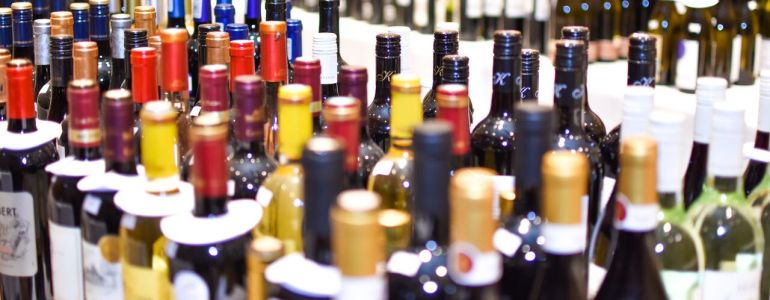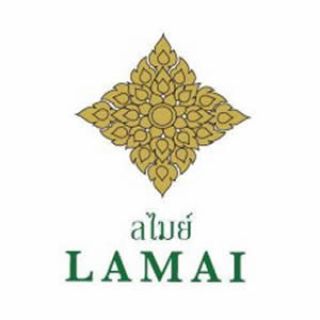Thu 15 Sep 2016
Traditional Sake Standing Strong
Asian beverages such as Sake are storied, traditional drinks. Much like Western beverages they have long histories and well-codified standards, but even with a legacy lasting over 5000 years they have not stagnated – innovation is as much a part of these beverages as the rice mash or serving traditions.
These values are shared with Western wines and spirits, and they’re some of the likely reasons that these western drinks are rapidly gaining massive popularity in Asia. Thanks to the continent’s long-standing drinking culture, particularly in China and Hong Kong, interest in beverages such as Scotch whiskey and French Pinot Noir is at an all-time high. When you know everyone around you is both knowledgeable and enthusiastic about foreign spirits and wines, it pays to take an interest.
That doesn’t mean traditional Asian beverages are getting edged out, however. Quite the opposite; for the adventurous foreign consumer, traditional Japanese Sake is a rarer novelty to explore. Outside Japan, in countries as close as China and as far as the United States, Sake consumption is seeing constant growth.
Most large Sake producers now export to Asia - Nakatani Brewing Co., for example, began brewing high-quality Sake in Tianjin, China two decades ago, and while their product is primarily consumed in high-end Japanese restaurants, they have seen a surprising amount of direct purchases from local enthusiasts. Sake consumption is set to rise, and now is the time to take advantage of the growing interest from Asia’s affluent and discerning connoisseurs.
For local Sake breweries expanding into the wider Asian market, competitions such as the Cathay Pacific Hong Kong International Wine and Spirit Competition can provide the renown and accreditation that the international customer requires.














